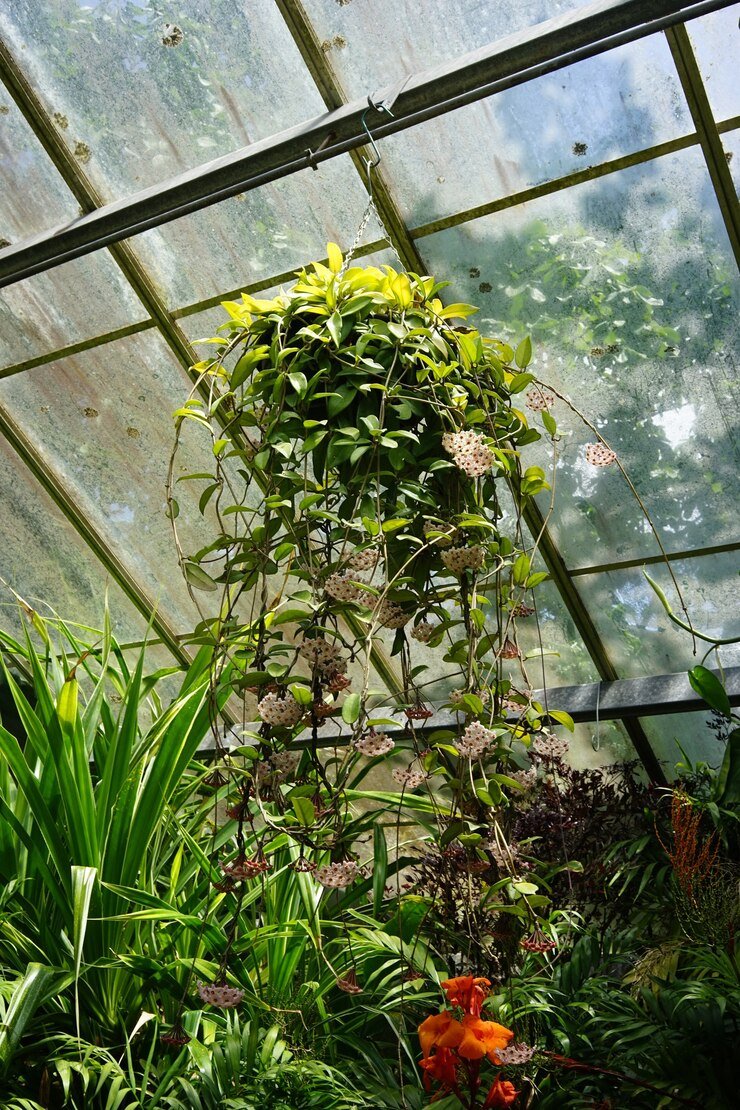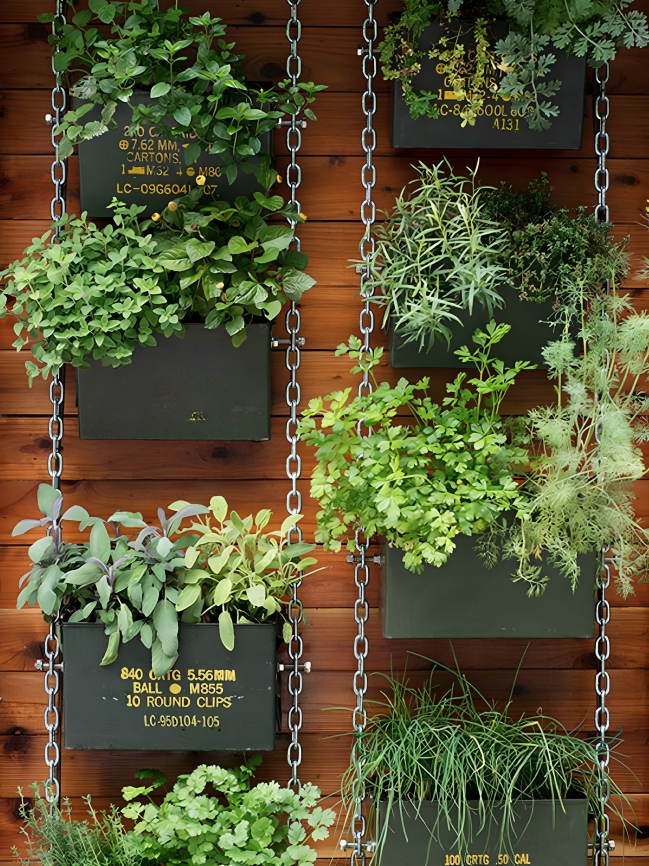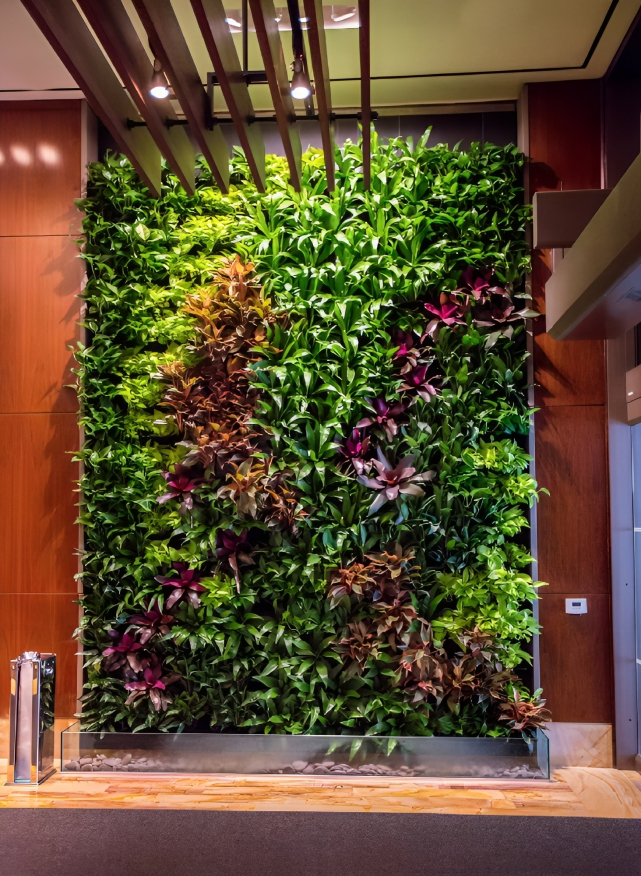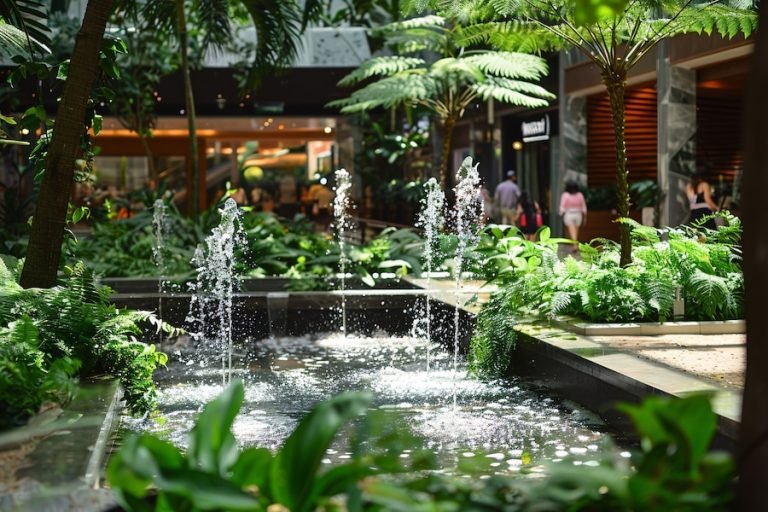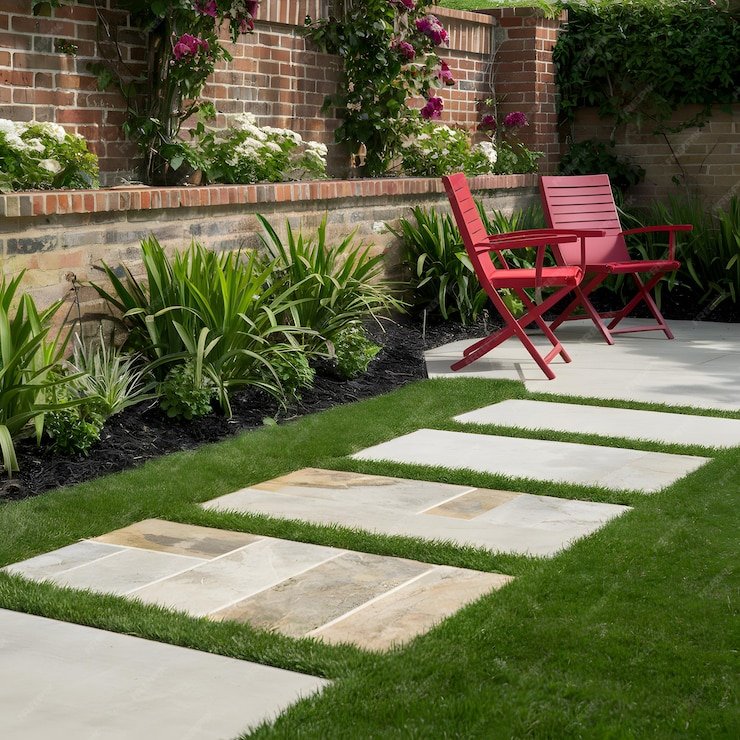The Art Of Vertical Gardening: Innovation In Urban Landscaping
In bustling urban landscapes where space is at a premium, the art of vertical gardening emerges as a beacon of innovation, transforming concrete jungles into verdant oases. This ingenious approach to landscaping not only enhances the aesthetic appeal of urban environments but also brings about numerous environmental and social benefits. From revitalizing neglected spaces to providing habitats for urban wildlife, vertical gardens offer a sustainable solution to the challenges of modern city living.
To Know More About It Please Click Here
Embracing Greenery in Vertical Spaces
Vertical gardening is a practice that involves growing plants vertically, either against a wall, on freestanding structures, or within specially designed containers. This technique allows greenery to flourish in areas where traditional gardening might be impractical or impossible due to space constraints. By utilizing vertical surfaces, such as walls, fences, or even the sides of buildings, urban dwellers can maximize the use of available space and introduce much-needed greenery into their surroundings.
Environmental Benefits
One of the primary advantages of vertical gardening is its positive impact on the environment. These green installations contribute to air purification by absorbing carbon dioxide and releasing oxygen, thus improving air quality in urban areas. Additionally, they help mitigate the urban heat island effect by providing shade and reducing surface temperatures. Vertical gardens also act as natural insulation, reducing energy consumption for heating and cooling buildings.
Moreover, vertical gardens play a crucial role in urban biodiversity conservation. By creating habitats for insects, birds, and other small creatures, they promote ecological diversity in densely populated areas. This is particularly important given the loss of natural habitats due to urbanization. Vertical gardens provide nesting sites, food sources, and shelter for wildlife, fostering a healthier urban ecosystem.
To Know More About It Please Click Here
Enhancing Urban Aesthetics
Beyond their environmental benefits, vertical gardens are celebrated for their aesthetic appeal. These living works of art add texture, color, and dimension to urban landscapes, transforming bland walls and concrete structures into vibrant showcases of nature’s beauty. Whether it’s a cascading waterfall of foliage or a meticulously curated arrangement of flowers and herbs, each vertical garden is a unique expression of creativity and design.
Furthermore, vertical gardens have the power to evoke a sense of tranquility and well-being in urban environments. Research has shown that exposure to green spaces can reduce stress, improve mood, and enhance overall quality of life. By integrating greenery into the fabric of the city, vertical gardens create peaceful retreats amidst the hustle and bustle, providing residents and visitors alike with moments of respite and relaxation.
Practical Considerations
While the concept of vertical gardening is undeniably captivating, its implementation requires careful planning and maintenance. Factors such as sunlight exposure, irrigation systems, plant selection, and structural integrity must be taken into account to ensure the success and longevity of vertical gardens. Additionally, regular maintenance, including watering, pruning, and fertilizing, is essential to keep the gardens healthy and thriving.
Fortunately, advancements in vertical gardening technology have made it more accessible and manageable for urban dwellers. From modular green wall systems to automated irrigation solutions, there are a variety of tools and resources available to simplify the process of creating and maintaining vertical gardens. Moreover, the growing popularity of community gardens and green initiatives has fostered a culture of collaboration and support among urban gardeners, making it easier to share knowledge and resources.
Conclusion
Innovation in urban landscaping is essential for creating sustainable, livable cities of the future, and vertical gardening represents a promising avenue for achieving this vision. By harnessing the power of vertical space and embracing the beauty of nature, cities can become greener, healthier, and more vibrant places to live, work, and play. The art of vertical gardening offers a compelling blend of environmental stewardship, artistic expression, and community engagement, making it a cornerstone of urban sustainability efforts around the world. As we continue to confront the challenges of urbanization, let us look to vertical gardens as beacons of hope and inspiration, nurturing both the earth and the soul in equal measure.
